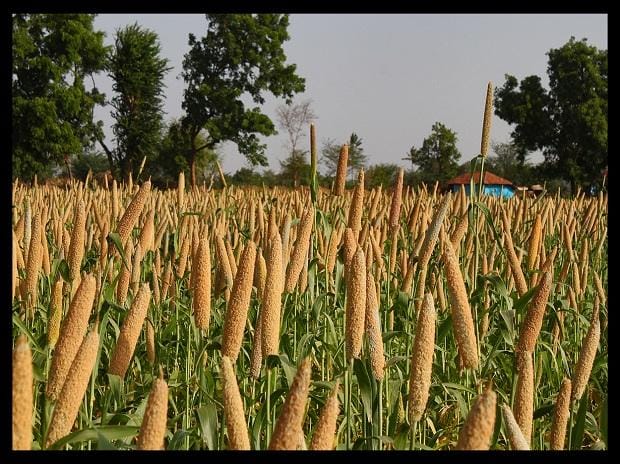
Image Credit – PTI
Bihar soon goes to the polls. The state is reeling under the menaces of floods, chronic
violence, monstrous unemployment and accentuated by the return of migrants. Bihar is
the epitome of a jobless society. Despite about 60% of the population of Bihar is below
the age of 25 years, making it the youngest state, it is one of the poorest states of India.
PLF (periodic labor force survey) has stated that more than 40% of Bihari youth don’t
have any source of income. Around 25% of graduates are unemployed in Bihar.
According to the NCRB (national crime records bureau), Bihar has the second-highest
number of murder and dowry deaths in India.
Bihar the world’s third most populous sub nations entity, geographically the 12th largest state (area 94163 sq. km.), and 3rd largest by population, with three cultural regions (Magadh, Mithila, and Bhojpur) enjoys a unique position in India. Only 11.3% of the population of Bihar lives in urban areas, which is the lowest in India after Himachal
Pradesh. Bihar has a reserved forest area is 6850 sq. km. which is 7.3% of the
geographical area. With a total population of approximately 11 crores, 89% live in rural
areas. About 80% of the population is employed in agricultural activities.
During monsoon half of the Bihar gets drowned almost every year. Phanish Nath Renu
had written more than 50 years ago " It’s an annual affair. Every year the floods arrive and bring devastation. Relief arrives and brings consolation. Media coverage and bring sympathies but nothing changes. Water recedes, people forget everything. Drowned for months, then finally the land emerges. Hordes of living skeletons teeter on the land, but
to build a “life again”. While floods are natural, destruction is not a natural phenomenon.
It is mostly the act and the by-product of human intervention, that often we call
DEVELOPMENT.
This is a fact that Bihar is India’s most flood-prone state with 75% population in the
north Bihar living under the continuously recurring threat of flood devastation. Bihar
makes up 16.5% of total India’s flood-affected area, and 22% of India’s flood-affected
population. About 73% of Biharis geographical area (68800 sq. km) out of 94160 sq.
km, is flood affected. North Bihar is vulnerable to at least five major floods causing
rivers during monsoon (Mahananda, Koshi, Bagmati, Burhi Gandak, and Gandak which
originates from Nepal). Some south Bihar districts have also become vulnerable to
floods from Son, Punpun, and Phalgu rivers.
Read Also: https://greenstories.co.in/when-trees-talk-3/
Geographically Nepal is a mountainous region. When heavy rains occur in the
mountains in the central and eastern Nepal, water flows into the major drainages of
Narayani, Bagmati, and Koshi rivers. As these rivers cross India, they flow into the
plains and lowlands of Bihar and break the banks. A recent study has highlighted that’s
although India has built over 3000 km of embankments in Bihar, unfortunately, the
flooding propensity has increased by 2.5 times. It had stressed that embankments
straitjacket the river. In the case of Koshi, because of siltation, the riverbeds are several
feet higher than the adjoining land. The high and lowlands separated by embankments
have created a situation, where the low land area has become permanently
waterlogged. More than 16% of the landmass of north Bihar is subject to permanent
waterlogging. Embankment built to save villages from swollen rivers have severally
adverse effect by silting the riverbeds, by preventing the natural drainage of floodwater,
creating waterlogging, and blocking of the tributaries.
Many eminent environmentalists including Prof Goswami have been arguing that we
need an integrated approach for managing floods. It requires effective water
management, proper physical planning, clear land use, meticulous agriculture transport,
and well-planned urban development. Deforestation in the catchment area, the building
of human habitation on the riverbanks and in the floodplain areas, encroachment on
wetlands, changed cropping patterns, and above all spontaneous, temporary, and
casual attempts of flood control have to be managed properly and strictly. Bihar has
substantial potential for development and economic growth. It has all the rich
endowments of resources in the form of arable land, plenty of water resources, a young
population, and amenities with vast potential to develop a robust tourism industry. We
must plan properly and transform this land of the ancient seat of knowledge.







